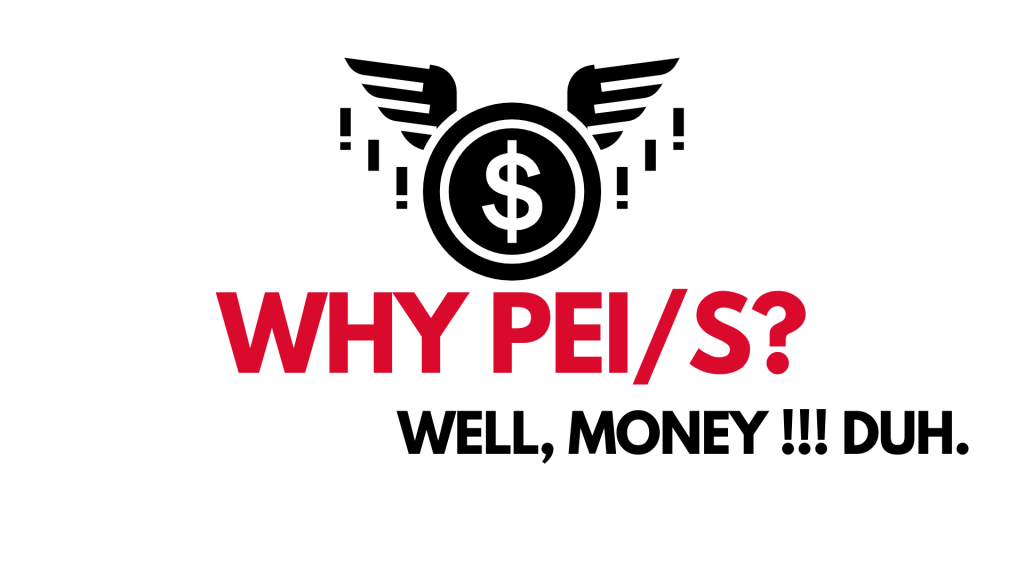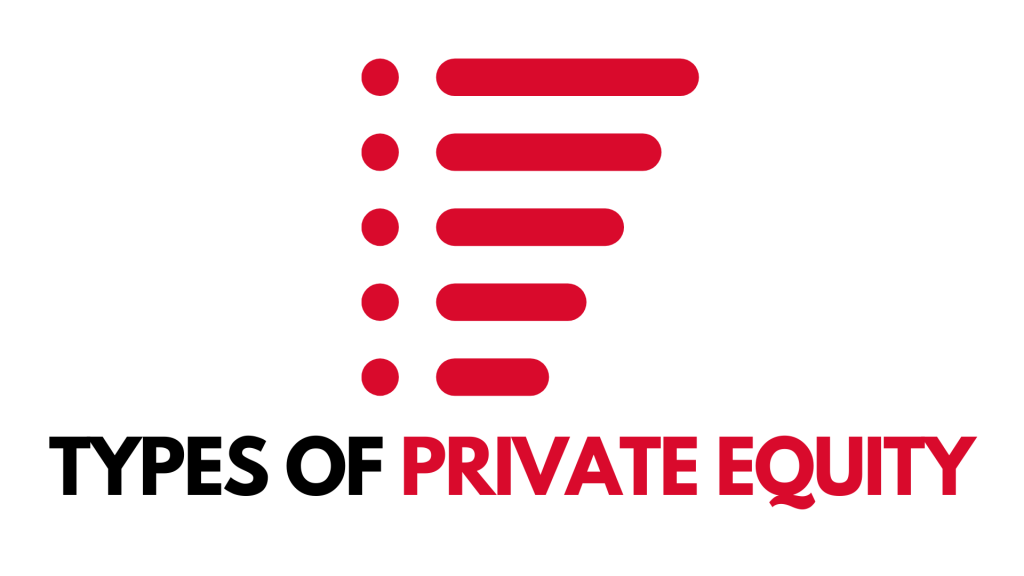Imagine that you have an idea that you believe will work but like in the case of many other entrepreneurs, the banking system may not finance your startup without a certain form of assurance. You don’t have someone to believe in you and invest in your company/idea. Well, that “someone” you are searching for can be private equity investors. They can help you bring that idea into reality or take that startup/business to the next level.

The popularity of Private Equity (PE) has been growing rapidly. As an entrepreneur or an investor, having a good foundation on this topic is crucial before jumping into the private equity market. So, we have brought to you this series of articles to build your foundation and ease out that jump into the world of private equity.
What Exactly Is Private Equity?

Private equity refers to the direct financing of investors in a company that is not traded in the public market i.e., a non-listed company.
Private equity investors are no ordinary financers. They can play a role in the management of the company. They are given certain rights which they can utilize to dictate the governance of the company to some level.
While private equity is a broader label, there is another widely used term “Venture capital”. Venture capital is nothing but a specific case of private equity.
What Exactly Is Venture Capital?

Venture capital is the investment made by a private equity investor in a company that is at its early stages or startups.
With the definitions out of the way, let’s now discuss some whys and hows of Private Equity (PE).
How Does The Private Equity Investor (PEI) Invest Money?

There is a process for making a private equity investment in a company and it roughly looks like this:
- When a company needs financing, it issues shares.
- These shares are bought by the Private Equity Investors (PEIs) and hence the company receives funding.
Why Does The Investor Get Private Equity?

Why would an investor get private equity though? How do they get their profit? Well, the private equity holder gains capital by selling the shares to another investor after negotiation of share prices between them.
However, it is worth mentioning that having liquidity is not as easy for a private equity investor as you have to identify potential investors who will buy your shares and negotiate prices which can be tedious at times. A PEI also has to ensure and protect the rights they have in the company.
Why Should You Onboard PEI/s In Your Company?

It’s simple! They give you money to operate your business, isn’t it? Well, you are only partly correct. There is more to having PEI/s in your company and they are listed below:
1. More Networks
Networking is very crucial in today’s world. For a company, networking will help to meet new investors, suppliers, customers, staff, and so on. A wide network means broader access to valuable resources.
2. More Knowledge
Knowledge is a powerful tool. When there are knowledgeable investors take part in management decisions, the company can grow at a faster pace in the right direction. The knowledge brought by investors can range from tactics to negotiate with people, attract investors, market products to knowledge about the industry, how the machinery work, how to conduct Research and Development(R&D), and so on.
3. Certification
When a PEI trusts and invests in a company, it signals that the company has potential. Hence, it is easier to gain a reputation in the market and promote your brand.
4. Financial Benefit
The obvious nonetheless an important benefit. When the credit rating of the company increases, there will be more growth opportunities. The investment can be utilized in different aspects depending on the stage of the company and its priorities.
Types Of Private Equity

According to the stage of the company at which the investment is provided, Private Equity investments can be categorized into:
1. Seed Financing
This type of investment is the riskiest of private equity investments. Why? Seed Financing is the financing of a company that is in the early R&D phase and yet to figure out its products/services.
Due to the uncertainty of the product quality, sales, business plan, etc., this is the riskiest investment. In the investors’ world, there is a 100/10/1 rule in seed financing. This rule says that if you want to be a seed financer, scan through 100 projects, finance 10 projects and 1 of them will be successful. And this rule actually makes sense because there are statistics to back this rule which also says that out of 100 seed financing, only 1 will succeed.
2. Startup Financing
A bit less risky investment can be startup financing. In this case, we have at our hands a product and a business plan. It still is a gamble that the entrepreneur will pull things off and the business plan will work.
In this stage, there is production activity but evaluation of commercial validity must be done and calculated risks must be taken before investing.
3. Early Growth Financing
In the early growth phase, the startup will have tested products, a business plan, and some idea about how the market works.
When implementing the business plan in the real world at a bigger scale than the startup, there is a need for money. This need can be fulfilled by the PEI.
This is the stage where an entrepreneur can utilize PEI’s expertise the most as the company is in a growing phase.
The umbrella term “Venture Capital” is used to refer to the above-mentioned three types of investments. Let’s move on to the next three types of investments done in more mature stages of a company.
4. Expansion Financing
At this stage, the company has reached an adult phase and investment is a lot less risky. As the name suggests, the company is expanding at this stage. There is growth and the type of growth can be categorized into:
a. Internal Growth
Internal growth refers to using the company’s own resources to expand. It can include increasing production, developing new products, investing in new assets, establishing new markets, and so on.
b. External Growth
External Growth refers to the growth of a company by merging/acquiring other companies. It also includes the formation of strategic alliances for growth.
For internal growth, the PEI’s money is utilized to buy fixed assets or increase the working capital. Whilst the company can get money from many other sources at this, they may choose PE for the expertise, better deal, advertisement, or other various reasons.
For external growth, PEI has a different role. In this type of growth, the role of PE is complicated as it involves advising and consulting with the management team as to which company is to be merged/acquired or which alliances are to be formed. The role of a PEI in the Merger and Acquisition (M&A) process involves:
- Scouting market for potential companies
- Help negotiating with target companies
- Financing the company to merge the suitable target company (Direct funding or using a Special Purpose Vehicle (SPV))
- Giving legal and taxation support
5. Replacement Financing
At the mature phase of a company, replacement financing is the process of replacing an existing shareholder. This concept of replacement financing can wander off a bit from the conventional definition of PE.
Replacement Financing can be done in three ways:
a. Buyout
In a buyout, the goal is to buy 100% of a company. The buyout process looks like this:
- An SPV is created
- PEI puts money into it and the SPV also receives debt from the banking system
- When the SPV collects enough cash, a company is bought
b. PIPE
PIPE stands for Private Investment in Private Investment in Public Equity. Sounds a bit contradicting right? Well, the answer to that is that the PEI doesn’t trade stocks in the stock exchange but rather sells their stock to other investor/s with a price not related to the stock exchange.
c. Corporate Governance Deals
This type of investment is done by a PEI in order to be a member of the management team of the company and redesign the company so that they can sell their shares off the profit. This type of deal is common in family businesses.
6. Vulture Financing
In vulture financing, a PEI invests in a company that is in its last phase i.e., the declining phase. Vulture Financing can be done in ways:
a. Restructuring/Turnaround Financing
The investment provided by the PEI is utilized in relaunching the business, buying new assets, redesigning the marketing strategies, and so on. In this deal, the PEI not only finances a company but acts as an advisor to help redesign and relaunch the business.
This deal can easily prove to be bad for the PEI and hence making a deal is tough in this case.
b. Distressed Financing
It is the financing of a company that is dead or defaulted. Why would someone finance a dead company? They finance the company to buy the company’s assets. The assets can be valuable equipment, brand name, patents, etc.
Investor who buys these assets are generally traders or they use the assets for their own company. Countries have laws as to how the assets are to be acquired which the investor has to abide by.
Conclusion
We hope this article has equipped you with the basics but there is more to private equity and venture capital. Don’t miss out on parts 2, 3, and 4 of this article to have a complete foundation on these topics!
Also, if you have any queries, please feel free to ask us in the comment section.
